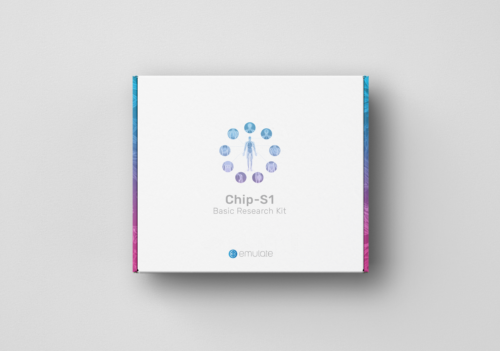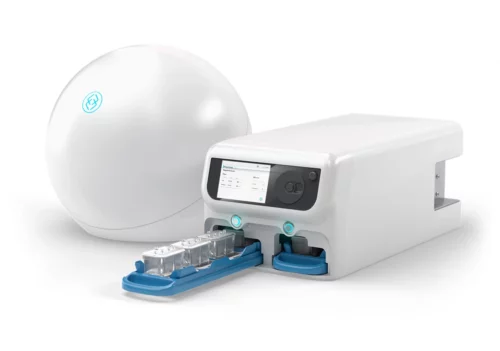Organ Model: Bone & Cartilage
Application: Model Development
Highlights
This study used two Emulate Organ-Chip consumables to create and test morphogen gradients inside Organ‑on‑a‑Chip devices. In the closed‑channel Chip‑S1®, researchers loaded its upper microfluidic channel with two gelatin–heparin hydrogels—one containing BMP‑2 and one without—so the second displaced part of the first and formed a stable, UV‑cross‑linked BMP‑2 gradient along the channel. In the open‑chamber Chip‑A1™, they layered a denser BMP‑2‑laden hydrogel beneath a lighter BMP‑2‑free gel; buoyancy drove a vertical gradient that was likewise fixed by UV curing. Human bone marrow stem cells embedded in the patterned gels on Chip‑S1 showed position‑dependent osteogenic (high‑BMP‑2) and chondrogenic (low‑BMP‑2) differentiation, successfully recapitulating the spatial development of the osteochondral (bone‑cartilage) interface, and demonstrating that Emulate’s platforms can support controlled 3D tissue patterning driven by immobilized growth‑factor gradients.




